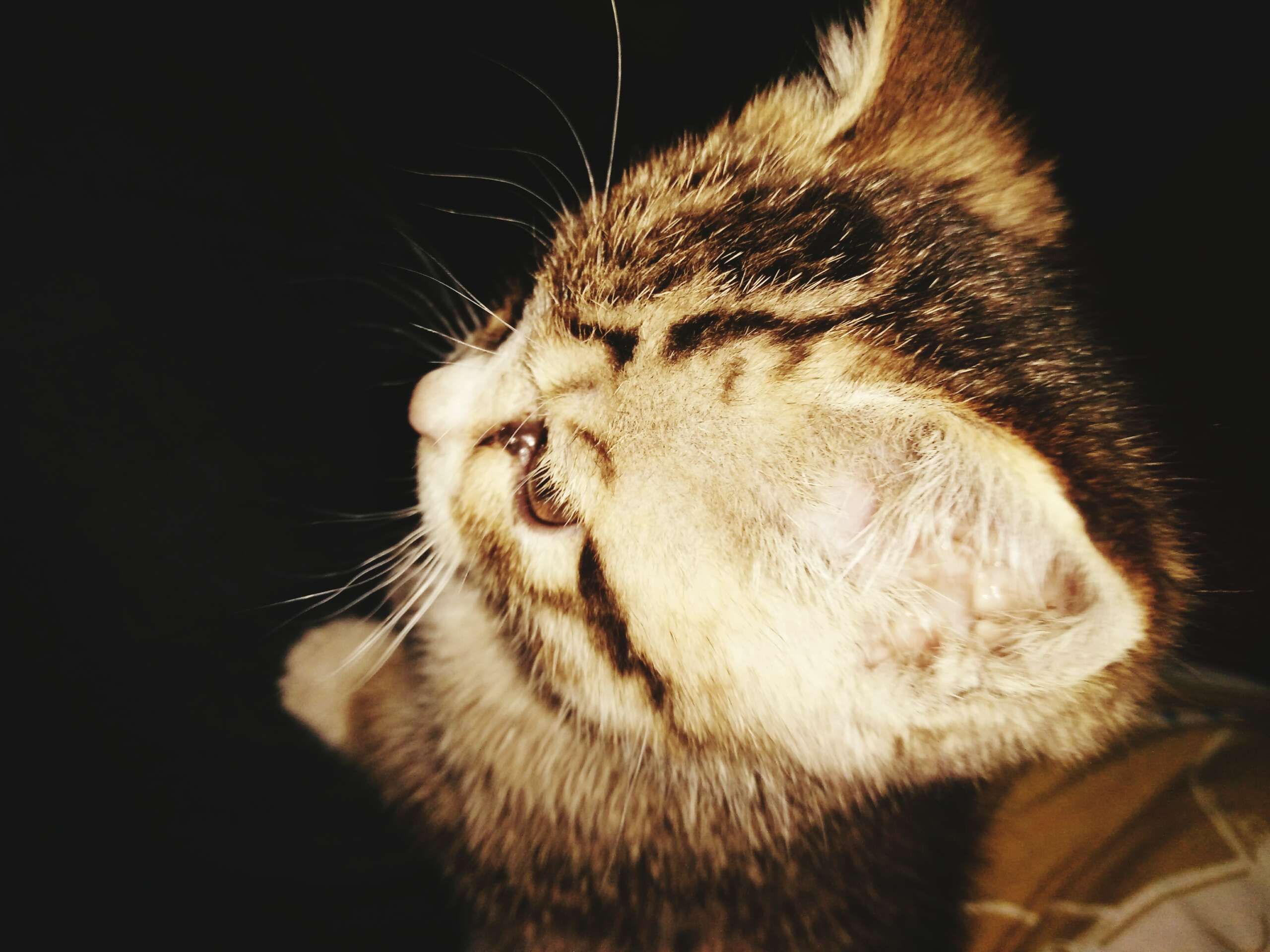Share This Article
Have you ever wondered why your feline friend produces that soothing, motorboat-like sound when you pet them? The science behind cat purring is fascinating, and understanding it can deepen your bond with your pet while revealing surprising health benefits for both of you.
The Mysterious Mechanism of Purring
Your cat’s purr isn’t just a simple vocalization – it’s a complex biological mechanism scientists are still working to understand fully. Unlike other cat sounds, purring occurs during inhalation and exhalation, creating that continuous, rhythmic sound we all know and love.
The purr originates from rapid twitching of the muscles in your cat’s larynx and diaphragm, occurring at an incredible frequency of 25-150 vibrations per second. This frequency isn’t random – research suggests it plays a crucial role in healing and wellness.
The Healing Power of Purrs
Here’s something remarkable: the frequency range of cat purrs (25-150 Hz) exactly matches the range that medical scientists have identified as ideal for:
- Promoting bone density and healing
- Reducing inflammation
- Relieving pain and swelling
- Helping with breathing difficulties
- Lowering stress and blood pressure

What Your Cat’s Purr Means
While we often associate purring with happiness, cats purr for various reasons:
Contentment and Bonding
When your cat purrs during petting or snuggling, it expresses satisfaction and strengthens its bond with you. This is its way of saying, “I’m happy and comfortable with you.”
Self-Healing and Pain Management
Cats often purr when they’re injured or in pain. The vibrations serve as a natural healing mechanism, similar to how we use vibration therapy in modern medicine.
Stress Relief
During stressful situations, like visits to the vet, cats may purr to self-soothe and calm themselves down.
Communication with Kittens
Mother cats use purring to guide their kittens, who are born blind and deaf, helping them locate food and feel secure.
Benefits for Cat Parents
The healing properties of cat purrs extend to their human companions, too. Studies have shown that cat owners experience:
- Lower stress levels
- Reduced risk of heart disease
- Better sleep quality
- Lower blood pressure
- Improved emotional well-being
Understanding Your Cat’s Purr Language
Pay attention to the context of your cat’s purring. Is it accompanied by:
- Relaxed body posture? They’re likely content
- Tense muscles or unusual positions? They might be in pain
- Food-seeking behavior? They might be hungry or want attention
- Kneading? They’re expressing extreme happiness
Understanding these nuances can help you better respond to your cat’s needs and strengthen your bond.


